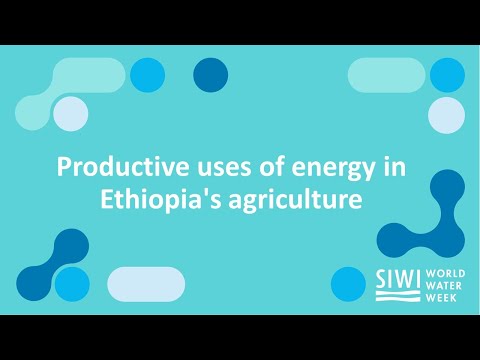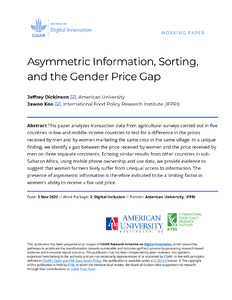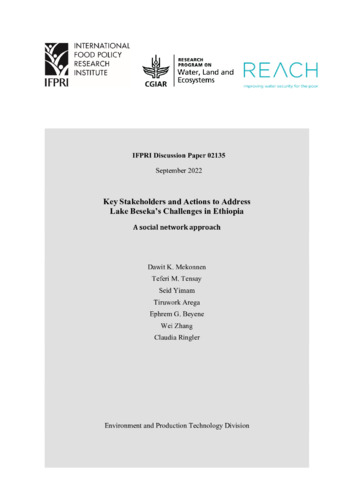The project provides an integrated irrigation-energy planning framework to identify groundwater irrigation development potentials in Ethiopia under three energy solutions: grid-connected electricity, off-grid solar PV, and diesel. It presents least cost energy options to produce vegetables, maize, wheat, and pulses with small scale irrigation in different parts of the country under combined biophysical and socioeconomic constraints.
The project involves modeling irrigation water demand for the selected crops, estimating energy requirements for irrigation, estimating the costs of meeting the energy requirements under the three energy options, and estimating the national irrigation development potential in Ethiopia with a cost-effective placement of the energy options.
The project updated previous irrigation suitability maps for Ethiopia with spatially explicit least-cost energy alternatives for irrigation development with groundwater resources. The analysis shows that by 2030, there is a potential to add more than 1.05 million hectares of groundwater irrigated area to produce maize, wheat, vegetables, and pulses with small scale irrigation in Ethiopia, and off-grid energy solutions, including solar PV, will play important roles in the effort to develop groundwater-based irrigated agriculture in the country. For about 25 percent of this potential, solar irrigation is the most cost efficient, while on-grid electricity is the most cost efficient for about 43 percent of the potential. Diesel is the most cost efficient of the three energy options for about 32 percent of the potential. The methodological details and assumptions of the study, along with crop specific variations in the results, are provided in an EEG working paper by Xie and Mekonnen (2022) and the accompanying policy brief.
In addition, the project includes micro-econometric studies on how net crop returns differ by the type of energy source used to access water for irrigation and on households’ choices of electric appliances.












